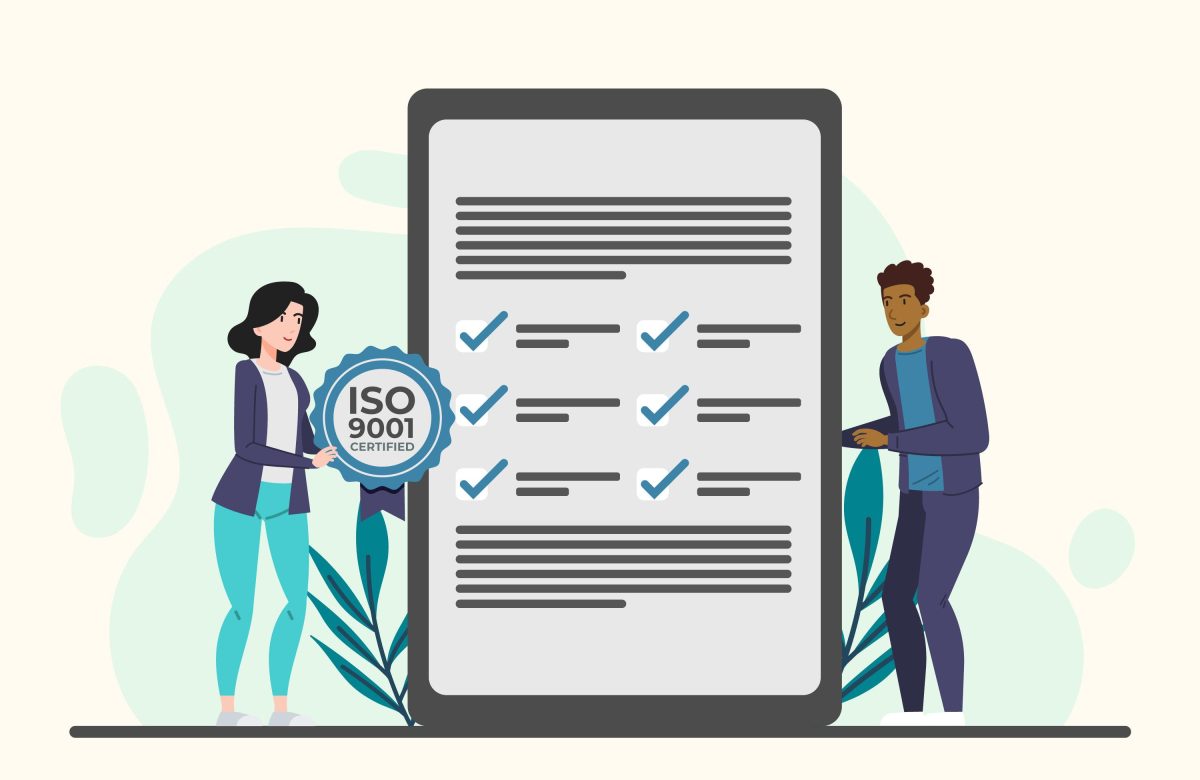How to build a successful customer feedback campaign

In the realm of modern business, customer feedback is a goldmine of insights that can drive product enhancements, refine services, and elevate overall customer experience. A well-structured customer feedback campaign is the key to unlocking these valuable insights and building stronger relationships with your customers. In this blog, we’ll delve into the essential steps for constructing a successful customer feedback campaign that not only captures valuable input but also fosters engagement and loyalty.
1. Understand the Value of Customer Feedback
Customer feedback is more than a checkbox on a to-do list; it’s a vital source of information that informs strategic decisions. Feedback offers insights into customer pain points, satisfaction levels, and areas for improvement, all of which can contribute to refining your offerings and ensuring customer-centricity.
2. Define Clear Objectives
Before embarking on a feedback campaign, establish clear objectives. Are you seeking insights for product development, evaluating customer service, or enhancing user experience? Defining your goals will guide the entire campaign strategy and help you focus on the most relevant aspects.
3. Choose the Right Feedback Channels
Selecting the appropriate channels to collect feedback is crucial. Consider the nature of your audience and their preferred communication platforms. Options range from online surveys and feedback forms to social media interactions, email requests, and even direct conversations.
4. Develop a Well-Structured Survey
If surveys are part of your feedback strategy, ensure they’re well-structured and easy to complete. Keep questions concise, relevant, and organized. Utilize a mix of open-ended and multiple-choice questions to gather both quantitative and qualitative data.
5. Timing is Key
When requesting feedback, timing matters. Ask for input when the customer has recently interacted with your product or service, ensuring that the experience is fresh in their minds. Avoid bombarding customers with feedback requests; a well-timed and considerate approach is more likely to yield meaningful responses.
6. Keep it User-Friendly
A successful feedback campaign prioritizes user-friendliness. Ensure that your feedback collection process is intuitive, mobile-responsive, and doesn’t require excessive effort from participants. The easier it is for customers to provide feedback, the more likely they are to engage.
7. Encourage Honest and Detailed Responses
To elicit valuable insights, encourage participants to provide honest and detailed responses. Communicate the importance of their feedback in shaping your offerings and improving their experience. Consider offering incentives, such as discounts or entry into a contest, to motivate participation.
8. Act on Feedback
The success of your campaign is not solely determined by data collection; it’s also about acting on the feedback received. Analyze the collected data, identify recurring themes, and develop action plans to address areas that need improvement. Demonstrating that you’re responsive to customer input fosters trust and shows commitment to their satisfaction.
9. Communicate Follow-Up
After analyzing the feedback and implementing changes, communicate the follow-up to your customers. Let them know how their input has led to improvements and thank them for their valuable contributions. This closed-loop communication shows that their voices are heard and appreciated.
10. Foster Continuous Engagement
A successful feedback campaign is part of an ongoing effort to engage customers. Encourage them to participate in future campaigns, surveys, and discussions. Maintaining an open channel for communication not only strengthens relationships but also ensures you stay informed about evolving customer needs.
11. Use Feedback to Enhance CX
Customer feedback is a treasure trove for enhancing customer experience (CX). Consider feedback as a roadmap for CX improvements. It can guide changes in product features, service protocols, user interfaces, and more, all to deliver a better overall experience.
12. Monitor and Measure Campaign Success
To gauge the success of your feedback campaign, monitor key performance indicators (KPIs) such as participation rates, response rates, and the quality of insights gathered. Regularly assess whether the feedback collected aligns with your campaign objectives and make adjustments if needed.
13. Continuously Improve the Campaign
Your customer feedback campaign is a learning experience. Regularly review the campaign’s performance, analyze feedback data, and solicit input from internal teams involved. Use this information to fine-tune your approach and make subsequent campaigns even more effective.
Conclusion
A successful customer feedback campaign is a powerful tool that transforms customers from passive consumers into engaged partners. By defining clear objectives, choosing the right channels, creating user-friendly surveys, and taking action on feedback, you can gather valuable insights that shape your products, services, and overall customer experience. Remember that customer feedback is an ongoing process; continuous engagement, timely communication, and a commitment to improvement are all essential for building strong customer relationships and driving business growth.




